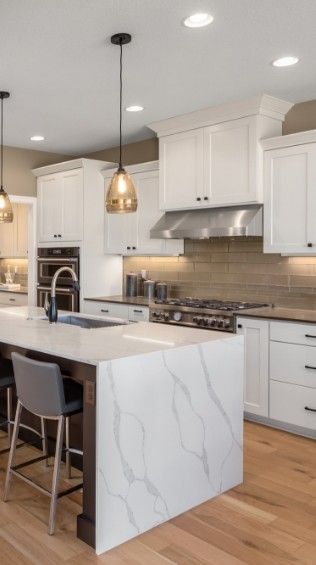Parking Lot Lights
LED Parking Lot Lights
Most existing lighting systems use high-pressure sodium or metal-halide bulbs for commercial parking applications, which have significantly shorter lifespans than LEDs. These bulbs also rely on additional components like ballasts, which are susceptible to failure. While traditional bulbs can sometimes match LED brightness, achieving the same illumination level requires significantly more energy, and they degrade much faster.


LED Parking Lot Lights and Metal-halide (MH) Equivalents
Metal-halide (MH) equivalency indicates the brightness of an LED bulb or fixture compared to its metal-halide counterpart regarding wattage. If you're satisfied with the light output from your existing 300-watt MH fixtures, you can easily find LED replacements that deliver comparable illumination while using significantly less energy. The chart below shows approximate lumen ranges for the metal-halide and LED wattage equivalents.
|
Lumen Range (approx.) |
MH Wattage Comparable Wattage (approx.) |
LED Wattage (approx.) |
|
7,500-11,250 |
50-75W |
|
|
11,250-15,000 |
75W-100W |
|
|
15,000-22,500 |
100W-150W |
|
|
22,500-30,000 |
150-200W |
|
|
30,000-36,000 |
200W-240W |
|
|
36,000-60,000 |
240W-400W |
|
|
60,000-75,000+ |
400W-500W |


Light Distribution Patterns and Beam Angles
Although often discussed together, beam angle and distribution type refer to distinct light output characteristics.
Beam Angle measures the angle at which light is emitted from the fixture. This can be represented by a single number for a predominantly round or square beam pattern or two numbers for more elongated patterns, such as rectangular or oval shapes.
Distribution Type describes the overall shape and pattern of the light output, including the throw or projection from the light source. It plays a crucial role in lighting design, influencing fixture coverage and minimizing light spill outside the intended area. A detailed explanation of various distribution types can be found here.


Mount Types
Choosing the right parking lot lighting can feel overwhelming due to the variety of options available. However, the decision largely depends on the specific location of the fixture. Here are the primary mounting options for commercial parking lot lights:
Slip-Fitter Mount
Slip-fitters are designed to slide over a pole, post, or tenon and secure in place. The diameter is crucial for this mounting option, as each slip-fitter is compatible with a specific diameter range. This type of mount often allows for horizontal adjustment, enabling precise aiming of the fixture. Slip-fitter mounts are also commonly used for LED street lights.


Arm Mount
Arm mounts are intended to attach to the side of a pole or post. Some models offer adjustability for precise aiming. Since poles and posts come in various shapes, it’s important to verify compatibility, as not all mounts are suitable for both round and square poles or posts. Be sure to confirm this before placing an order.


Trunnion Mount
Trunnion mounts are adjustable, two-piece mounts designed to attach directly to a flat, typically vertical surface. With a pivot point between the fixture and the mounting surface, they offer greater adjustability compared to other mount types, providing extensive flexibility for precise aiming and customization.


Yoke Mount
Yoke mounts attach to a flat surface and feature a one-piece design that wraps around the sides of the fixture. Known for their versatility, they are suitable for a wide range of applications and perform well in nearly any location.


How Many LED Parking Lot Lights Do You Need?
If you know the height the light will be mounted at and the required brightness at ground level, you can select the best wattage for the project. For more information, refer to our IES Recommended Lighting Levels blog.
Picking the correct light is important to avoid under or overlighting an area and unnecessary extra costs. We offer IES files for most of our area lights to help you and your lighting designer calculate exactly what you need based on your existing parameters. Contact our commercial sales team to learn more.
LED Lighting Controls: Sensors and Photocells
In addition to the inherent energy savings provided by LEDs, additional controls can be used to increase efficiency further.
Photocells (or photo controls) automatically turn fixtures off when sufficient ambient light is detected, enabling seamless operation without the need for seasonal or weather adjustments. They can be mounted remotely to control multiple lights or installed on individual fixtures for more precise performance.
Motion Sensors enhance security and energy efficiency by dimming lights when no motion is detected and returning them to full brightness when motion is sensed. These sensors can also be installed remotely or directly on the fixture, depending on the sensor and fixture design.
Certifications and Standards for Parking Lot Lights
In addition to technical specifications, it’s essential to understand the relevant standards and certifications and their impact on your installation. Common certifications for area lighting include DLC, ETL, and UL, which indicate that the products meet specific criteria for safety, performance, and efficiency. These certifications can also help qualify you for rebates from local utility companies.


